Discovery in medicine starts with research!

CIIDI wants to reinforce its outstanding clinical and translational research program by progressing discovery, innovation and impact.
Getting research published is vital to academic medicine for educating doctors and biomedical scientists, discovering the causes and cures of disease, and translating that knowledge to patient care.
Published Findings
-
COVID-19
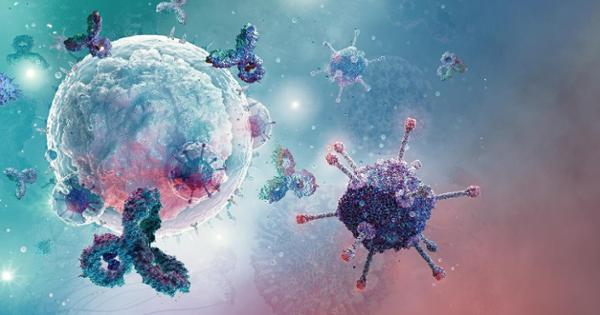
SARS-COV-2 SPECIFIC MEMORY T CELL EPITOPES IDENTIFIED IN COVID-19-RECOVERED SUBJECTS
TRAINED IMMUNITY: AN OVERVIEW AND THE IMPACT ON COVID-19
CARDIOVASCULAR DYSFUNCTION IN COVID-19: ASSOCIATION BETWEEN ENDOTHELIAL CELL INJURY AND LACTATE
PLASMA BIOMARKERS FOR SYSTEMIC INFLAMMATION IN COVID-19 SURVIVORS
-
HIV/AIDS
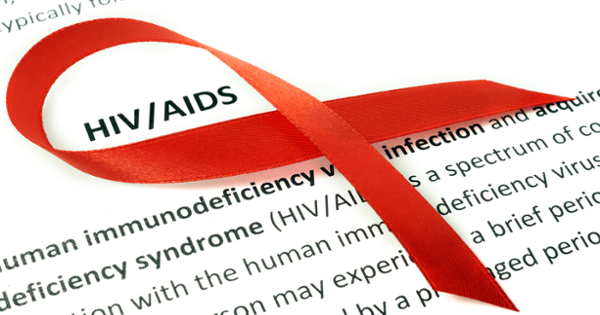
HIV-1 LATENCY AND VIRAL RESERVOIRS: EXISTING REVERSAL APPROACHES AND POTENTIAL TECHNOLOGIES, TARGETS, AND PATHWAYS INVOLVED IN HIV LATENCY STUDIES
A MATTER OF LIFE OR DEATH: PRODUCTIVELY INFECTED AND BYSTANDER CD4 T CELLS IN EARLY HIV INFECTION
THE IMPACT OF HIV- AND ART-INDUCED MITOCHONDRIAL DYSFUNCTION IN CELLULAR SENESCENCE AND AGING
LONG NONCODING RNA HOTAIRM1 PROMOTES MYELOID-DERIVED SUPPRESSOR CELL EXPANSION AND SUPPRESSIVE FUNCTIONS THROUGH UP-REGULATING HOXA1 EXPRESSION DURING LATENT HIV INFECTION
TELOMERE AND ATM DYNAMICS IN CD4 T-CELL DEPLETION IN ACTIVE AND VIRUS-SUPPRESSED HIV INFECTIONS
-
Hepatitis C

INSUFFICIENCY OF DNA REPAIR ENZYME ATM PROMOTES NAIVE CD4 T-CELL LOSS IN CHRONIC HEPATITIS C VIRUS INFECTION
T-BET-MEDIATED TIM-3 EXPRESSION DAMPENS MONOCYTE FUNCTION DURING CHRONIC HEPATITIS C VIRUS INFECTION
INTERFERON-Α-ENHANCED CD100/PLEXIN-B1/B2 INTERACTIONS PROMOTE NATURAL KILLER CELL FUNCTIONS IN PATIENTS WITH CHRONIC HEPATITIS C VIRUS INFECTION
-
SEPSIS
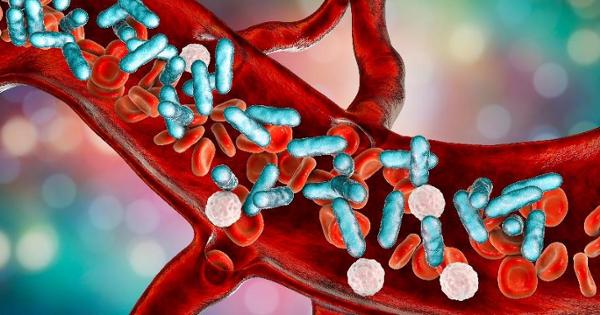
The expression of integrin αDβ2 (CD11d/CD18) on neutrophils orchestrates the defense mechanism against endotoxemia and sepsis.
Lactate promotes macrophage HMGB1 lactylation, acetylation and exosomal release in polymicrobial sepsis.
Lactate induces vascular permeability via disruption of VE-cadherin in endothelial cells during sepsis.
Lactate impairs vascular permeability by inhibiting HSPA12B expression via GPR81-dependent signaling in sepsis.
Modification of extracellular matrix by the product of DHA oxidation switches macrophage adhesion patterns and promotes retention of macrophages during chronic inflammation.-
Fungal cell wall PAMPs & Immunology
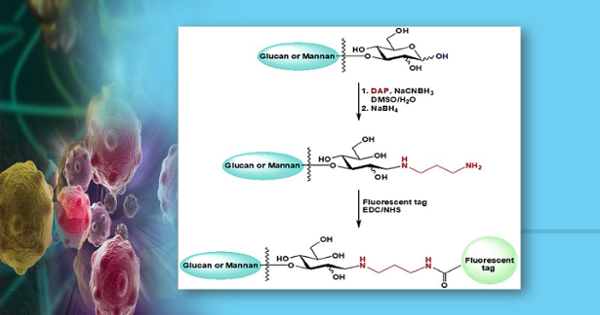
Candida auris cell wall mannosylation contributes to neutrophil evasion through pathways divergent from Candida albicans and Candida glabrata.
Glucan and glycogen exist as a covalently linked macromolecular complex in the cell wall of Candida albicans and other Candida species.
Carbohydrates from Pseudomonas aeruginosa biofilms interact with immune C-type lectins and interfere with their receptor function.
An adjuvant strategy enabled by modulation of the physical properties of fungal mannans expands viral glycoprotein immunogenicity.
Glycogen metabolism in Candida albicans impacts fitness and virulence during vulvovaginal or invasive candidiasis.-
Trained Immunity
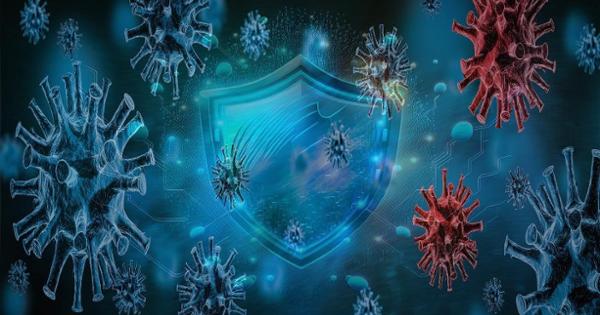
Trained immunity, tolerance, priming and differentiation: distinct immunological processes.
b-Glucan induces distinct and protective innate immune memory in differentiated macrophages.
Innate immune memory and host resistance to infection.
Trained immunity enhances human monocyte function in aging and sepsis.
Aorta- and liver-generated TMAO enhances trained immunity for increased inflammation via ER stress/mitochondrial ROS/glycolysis pathways.-
Cardiovascular

Cardiovascular dysfunction in COVID-19: Association between endothelial cell injury and lactate.
Lactate promotes endothelial-to-mesenchymal transition via Snail1 lactylation after myocardial infarction.
 Water Leak Investigation and ...
Water Leak Investigation and ...